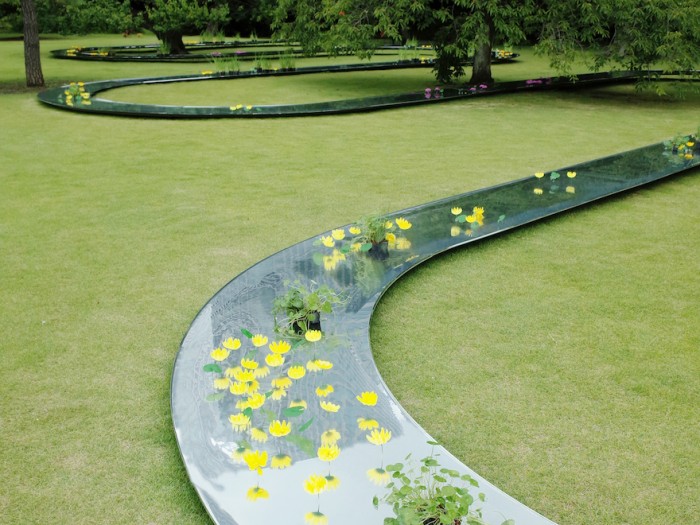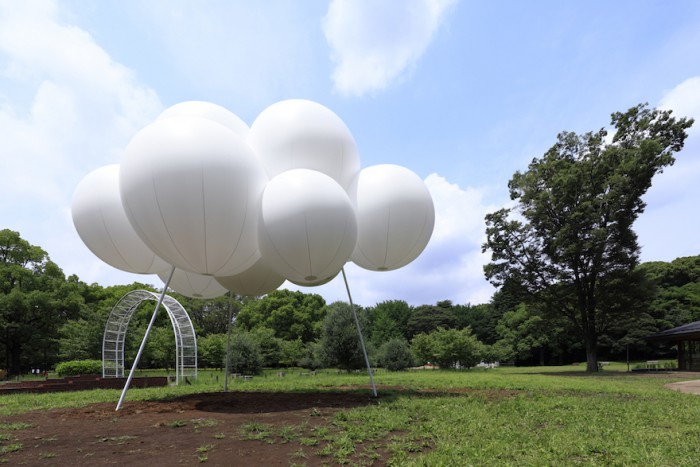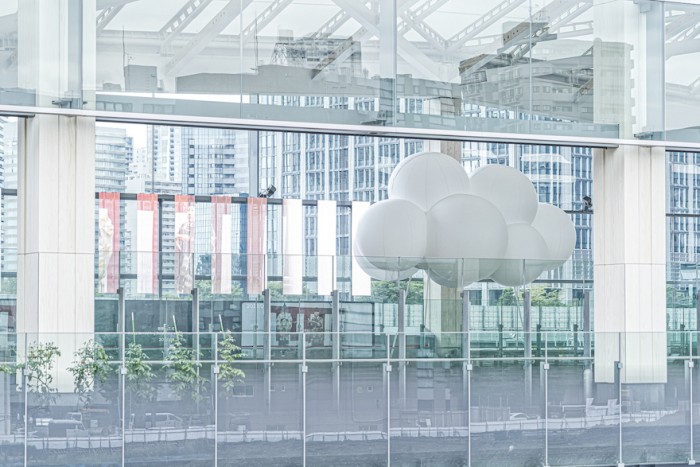A world-first experiment to propose a new urban landscape via the installation of sculpture, installations and objects, is currently located mainly around Tokyo’s National Stadium. Known as Pavilion Tokyo 2021, this exciting public arts intervention is organised by the Tokyo Metropolitan Government, the Arts Council Tokyo (Tokyo Metropolitan Foundation for History and Culture) and the Executive Committee of Pavilion Tokyo 2021.
It was planned by WATARI-UM (The Watari Museum of Contemporary Art) as a part of “Tokyo Tokyo FESTIVAL Special 13”. Running until 5 September 2021, it features a range of art and design luminaries from Japan, includingformer #DI Speaker Sou Fujimoto.
Fujimoto - award-winning architect and former Serpentine Pavilion designer - is part of the prestigious line-up of creatives who have installed playful, thought-provoking or simply beautiful pop-ups around the city. In addition to Fujimoto, the project’s creators include iconic designers and artists such as Nine public works of various shapes and sizes will be scattered throughout Tokyo until September. The intention is to encourage visitors to explore the city.
“Like a treasure hunt with a map, visitors can walk around the pavilions through which globally renowned architects and artists express their hope for the future. The project aims to write a new story of the city and during the 67 days of the exhibition, we hope you will experience the ‘living Tokyo’,” says Etsuko Watari, Chairman of Executive Committee of Pavilion Tokyo 2021.
Fujimoto’s whimsical Cloud Pavilion will appear in two locations in the city, offering a poetic moment of pure joy. He was inspired by the fact that clouds float over various countries, regions and environments. Similarly, the aim was to create ‘a place for everyone’ that would symbolize diversity and tolerance.
Besides Fujimoto’s Cloud Pavilion, another noteworthy site to visit is Kusama’s ‘The Obliteration Room’ in collaboration with the Queensland Art Gallery. This is a completely white space in which visitors can co-create the work by placing colourful round stickers around the room.
You can also take a tranquil walk around Sejima’s ‘Sumei’ – a waterway flowing smoothly through a garden, reflecting the sky. Or, marvel at Hirata’s ‘Global Bowl’, a sinuous sculpture that frames views of the urban landscape.
The entry requirements and booking for each pavilion vary. If you’re in Tokyo, or planning a visit, or simply wish to know more about the festival please refer to paviliontokyo.jp.
Here’s more on Fujimoto:
Sou Fujimoto: the infinite possibilities of open-field architecture.
Sou Fujimoto on multi-layered and conceptual architecture.











